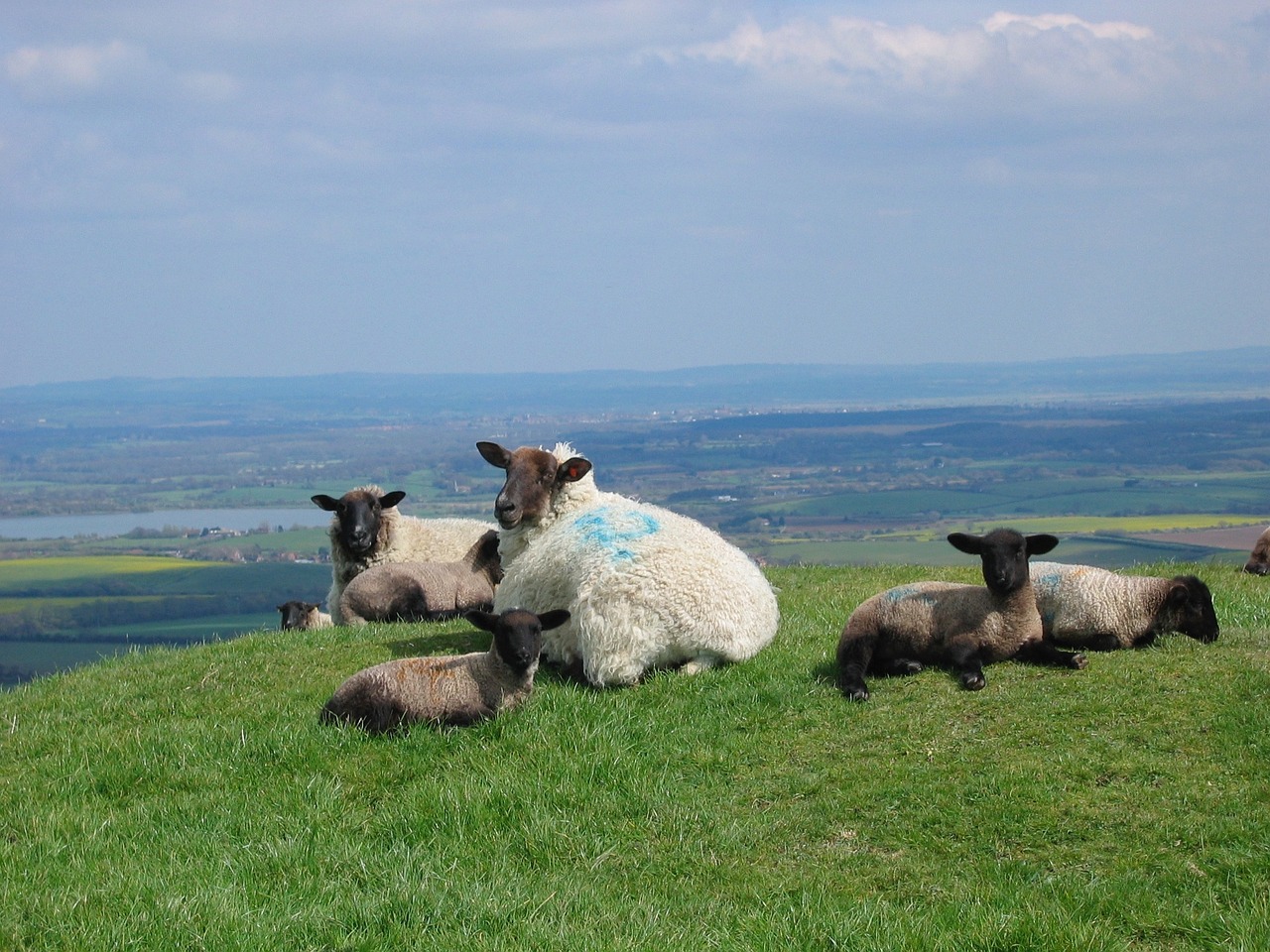Generations of shepherds have wondered how to best deal with triplet lambs and research from SAC Consulting, part of Scotland’s Rural College (SRUC), is taking the trial and error out of rearing them.
A healthy turnout from Scotland’s sheep farming community joined a live webinar entitled Increasing Flock Output, with the emphasis on triplet lambs and their mothers.
Professor Cathy Dwyer, head of SRUC’s animal behaviour and welfare research team, told the online audience: “It’s better for a triplet lamb to be reared by the ewe.
“Most ewes can rear three lambs, but to do so they need extra nutrition and support.”
Around 600 ewes and their lambs have been monitored by SRUC, over 30 different studies, showing survival rates for single lambs of 89.5%, twins 85.5% and only two-thirds, or 67.5%, of triplet lambs.
Whether or not to remove one of the triplet lambs – putting it either onto another ewe or rearing on the bottle – is an age-old dilemma for sheep farmers.
The expert conclusions are that unless the three lambs are very mis-matched in size or the offspring of a first-time mother or a ewe nearing the end of her breeding life in poorer condition keeping all lambs on their mother is always best; providing the pre lambing management and nutrition of the triplet bearing ewe is meeting all of her needs.
“Good nutrition provides the colostrum, that vital first milk, it also helps regulate body temperature and prevents hypothermia, speeds the maternal bond can be made and the closing up of the gut after birth which prevents infections,” explained Professor Dwyer, who added the first 24 hours are vital for triplet survival.
Having a hotbox ready and separate penning or – if inside housing isn’t available – lambing on sheltered pasture also makes a proven difference. Simple techniques such as inspecting triplet lambs more often, using the ewe’s own colostrum rather than artificial formula and spending time holding lambs under the udder all help create the smell and sight bond that boost survival chances, encouraging licking and bleating from the ewe.
“Working with the ewe’s natural instincts is the way to help her successfully rear three lambs,” she concluded. “The time spent increases outputs but there is a direct correlation with increased survival rates.”
Dr Tim Keady, Research Officer at the Athenry Animal & Grassland Research Centre in County Galway, Ireland, used research to show the webinar audience how silage quality, ewe body condition score and concentrate supplementation impact on lamb mortality, birth weights and the subsequent performance of both ewes and lambs. For example, increasing silage digestibility by 5 percentage units increases ewe weight at lambing by 6kg and lamb weaning weight by 1kg.
Dr Keady said scanning is vital and outlined optimal birth weights of 6kg for single, 5.6kg for twin and 4.7kg for triplet lambs to balance survivability while not being too large to cause difficult lambing. He added that 70% of foetal growth occurs in the final six weeks of pregnancy, adding that 60% of lamb mortality occurs within the first 24 hours of life.
“The ewe’s body condition at lambing has a huge part to play in whether or not she will successfully rear a large litter, such as triplets,” he explained. “If she is in good condition, she can use the fat off her back to turn into milk, but if her body score is low everything will go into her – and not into rearing the lambs.
“Farmers either meet their ewes feed requirements with a nutrition plan or face the consequences.”
Dr Keady added that feeding poor quality silage was a false economy as there is a direct correlation between the feed ewes get in the last six weeks of pregnancy and the weaning weight of lambs. Good nutrition before lambing also helps get oxygen into the placenta, which makes for healthy lambs and improves survival rates.
Comparing a triplet ewe to a twin bearing ewe, he recommended an additional total of 8kg of concentrate for the last 6 weeks. After birth he recommended 0.5kg of concentrated feed for the first 5 weeks of lactation, along with good quality grass and access to creep feed for the lambs, allowing them 300g per day to weaning. Triplet ewes require an extra 85-90kg than the mothers of twins.
After birth he recommended 0.5kg of concentrated feed for the first 5 weeks of lactation, along with good quality grass and access to creep feed for the lambs, allowing them 300g per day to weaning. Triplet ewes require an extra 85-90kg than the mothers of twins.
“Bottle rearing triplets isn’t cheap and it’s labour intensive, as well as the lambs being prone to digestive upsets. Much better to have a nutrition plan in place to assist the ewe in rearing them herself,” he said.
“A lot of farmers make the mistake of looking at the price rather than the composition of concentrated feed. Crude protein levels should be at 18%.
“Rather than purchasing solely on price, farmers should look for good quality ingredients including soya, rapeseed, maize, barley, soya hulls and beet pulp. Increasing outputs in this way is money well spent in the long-term.
“While farmers are encouraged to reduce inputs triplet lambs are different – after all, if the ewe successfully rears three lambs, she has a lower carbon footprint.”

